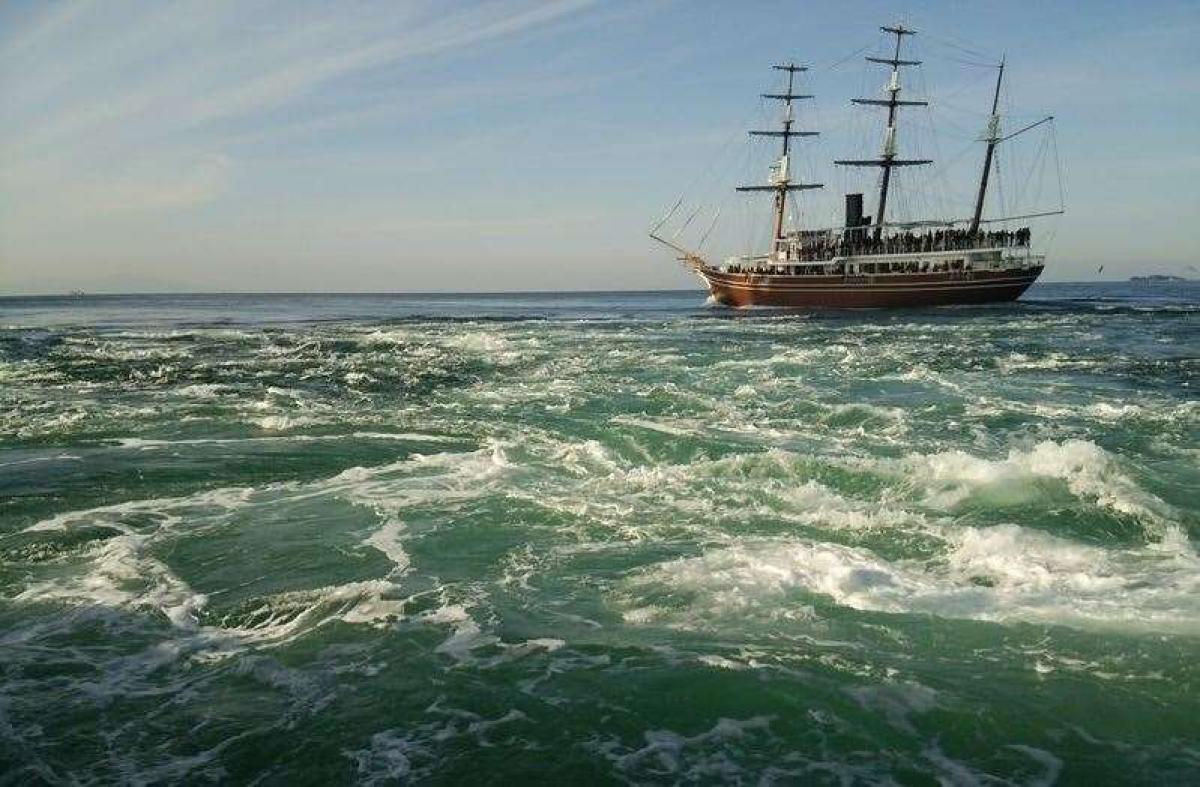By Bill Kelly, CEO, CAIA Association
It was 220 years ago when Samuel Taylor Coleridge wrote and published his now famous poem The Rime of the Ancient Mariner. Perhaps few among us could name this poet, but this specific work and the referenced line of prose live on in infamy and are even found today in places such as pop culture. The intended imagery, and perhaps irony, was to find yourself surrounded by something you so desperately need, but can’t necessarily benefit from, such as the Mariner and his parched crew who found themselves awash in a sea of liquidity that was simply not potable.
Much like the ancient Mariner and his crew, today’s investor has found herself surrounded by massive amounts of liquidity that, in this case, has been accessible in virtually every corner of the market. This has been the fuel to bid-up prices on risk assets of all types and the good times have rolled because it was so available and slakingly potable.
By most estimates the G4 Central Banks put $20 trillion of liquidity into the markets as an antidote to the GFC. This clearly was a crisis of liquidity and few could argue that such actions were not warranted. But, actions have reactions and we perhaps have wandered more deeply into uncharted financial waters. It is certainly a time to be alert, and while desalinization might not be the challenge, the equally dangerous nautical term “maelstrom” might just well be winding up in plain sight.
This weekend’s Up and Down Wall Street column in Barron’s pointed out some of the very real eddies already in formation. The Fed’s balance sheet stood at about $4.5 trillion at the peak of its easing ways. Today it is $150 billion lighter which might be a ripple compared to the expected $1 trillion of shrinkage by the end of 2019. The funny thing about balance sheets is that they have two sides and the largess of the recent tax cuts needs to be funded as well. When you are running annual deficits, the only legal financing source is to borrow (more), and incremental debt issuance by Uncle Sam is expected to be north of $1 trillion for each of the next two years. In short, our federal debt is growing at an annual whirlpool-rate of more than 15%, and the firehose of post-GFC liquidity has begun to give way to a more treacherous and leveraged reality as the tide, along with its liquidity, is receding from the financial shores at an even faster pace than how it came in.
We are clearly in a part of the market cycle where we must be vigilant to risks of all types. While liquidity should perhaps be the focus of the investor sextant, a recent article in CAIA’s Alternative Investment Analyst Review reminds us that there are actually now more than 350 individual risk factors. In Adding Alpha by Subtracting Beta, the author Chris Martin, CAIA, goes on to point out that there are just eight such factors that form the cornerstone of any investment strategy and that line-up certainly includes liquidity. Martin also looks at the impact of optimizers in an effort to generate more alpha by subtracting the always plentiful beta using some of his own seafaring references.
As the summer months approach in the Northern Hemisphere, more time by the sea is inevitable. Enjoy that opportunity but reflect upon your surroundings too. The water in both the shallow end of the pool and the Maelstrom of Saltstraumen will get you wet, but it is there that the similarities end and you might just find yourself uttering the less famous but more foreboding Mariner’s Rime: “…and I with sobs did pray.”
Seek diversification, education and know your risk tolerance. Investing is for the long term.
Bill Kelly has been the CEO of the CAIA Association since 2014.




